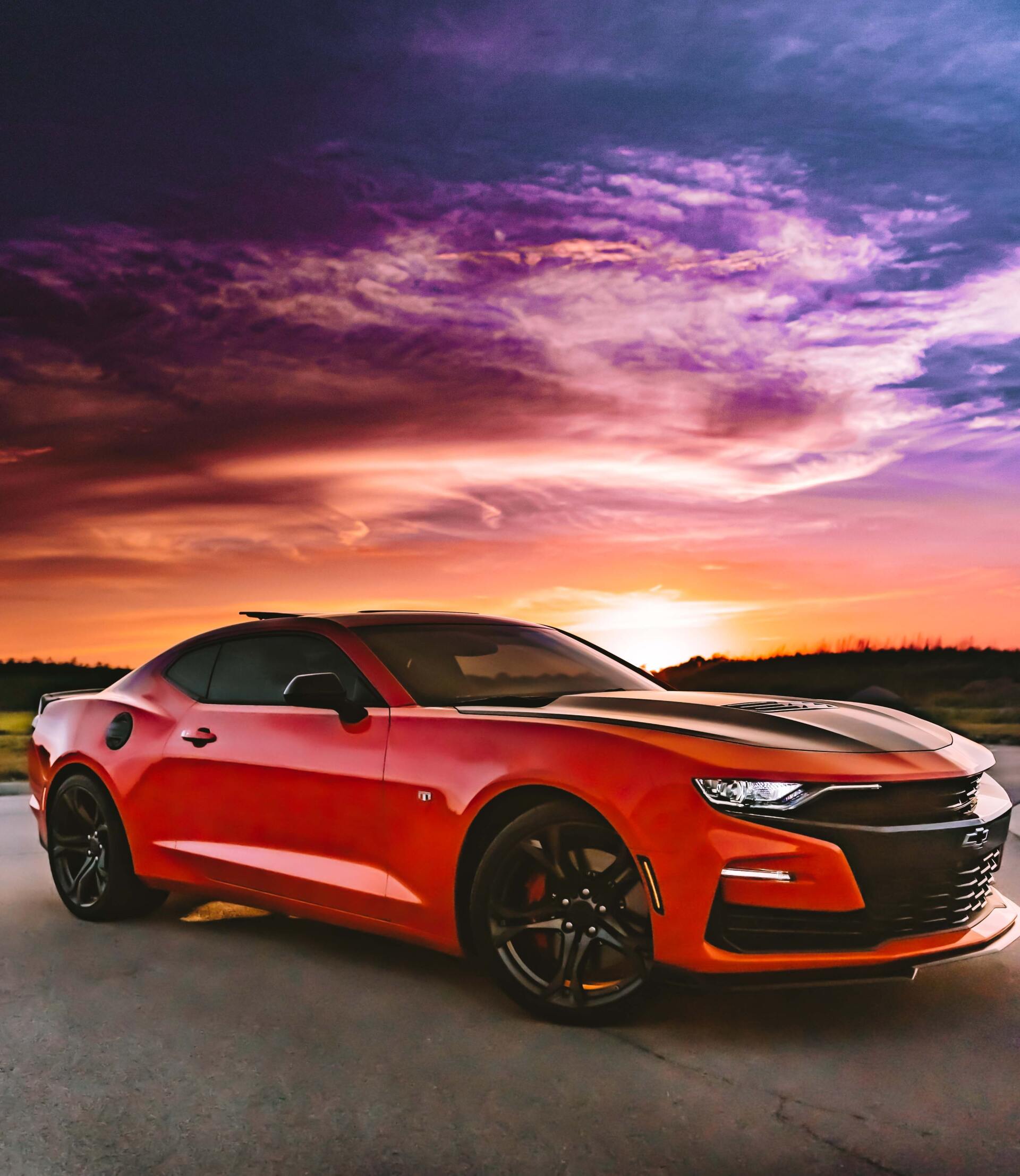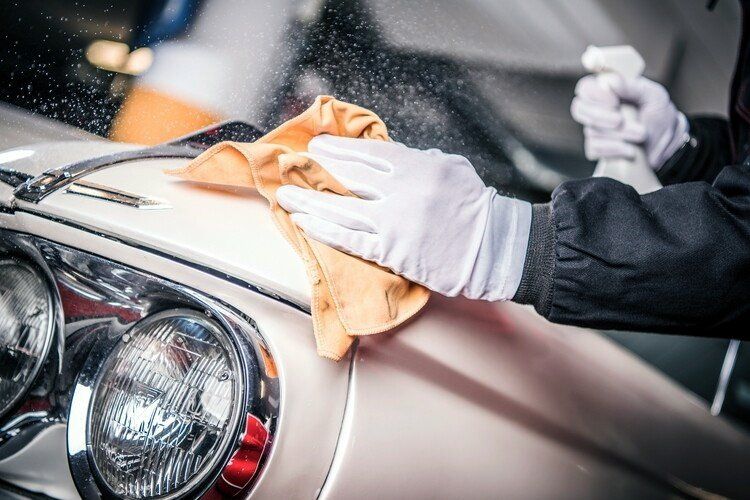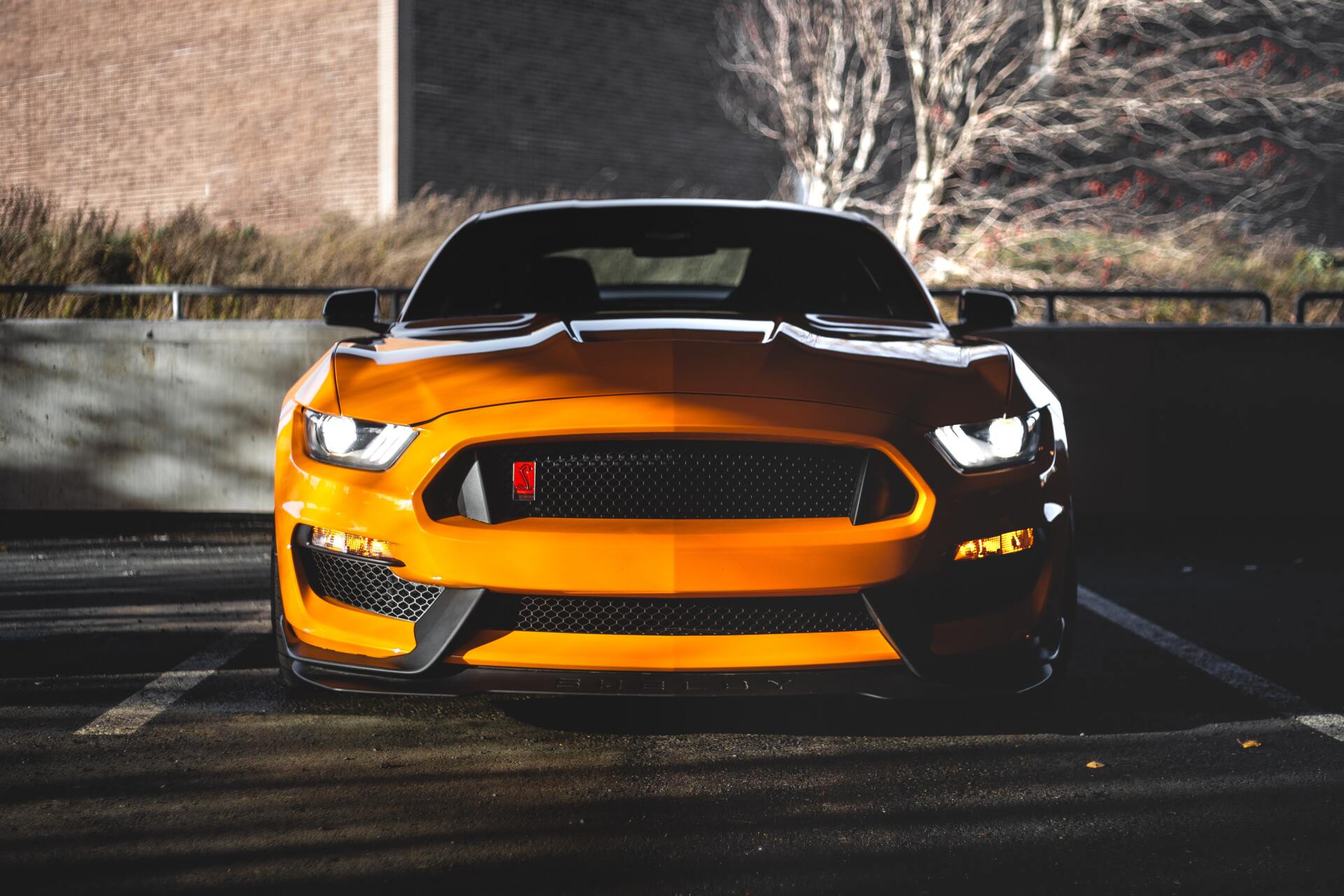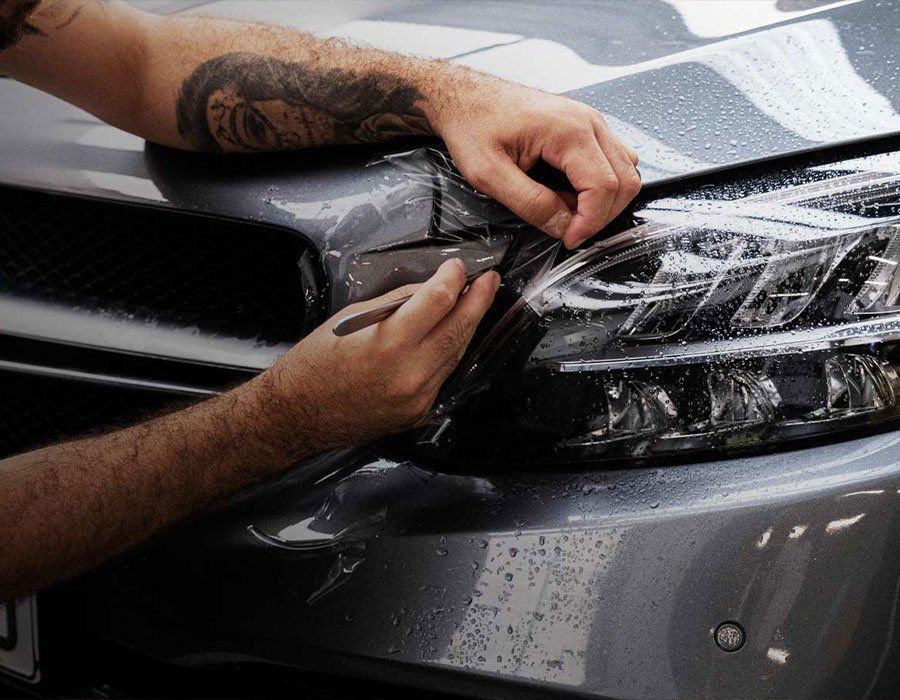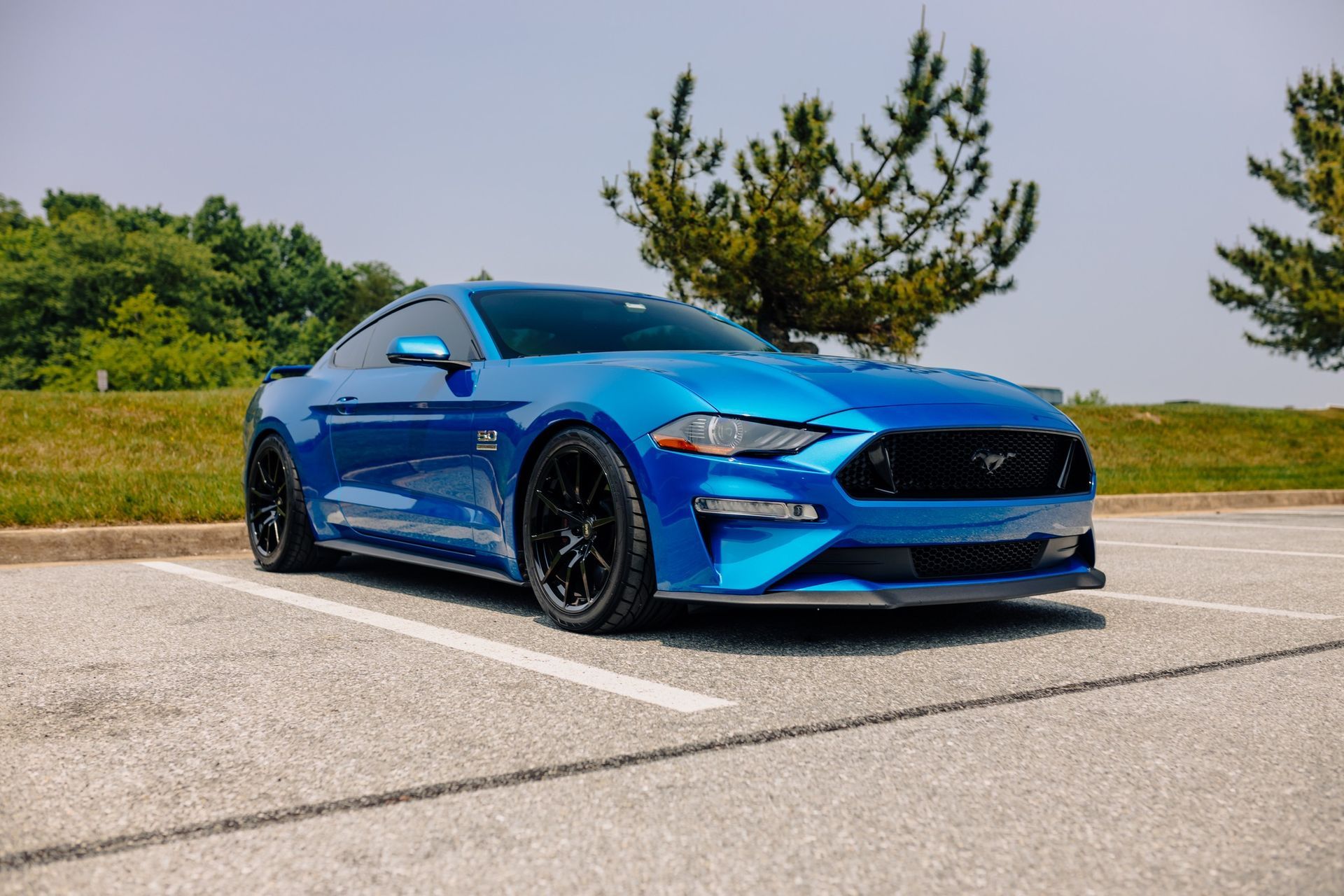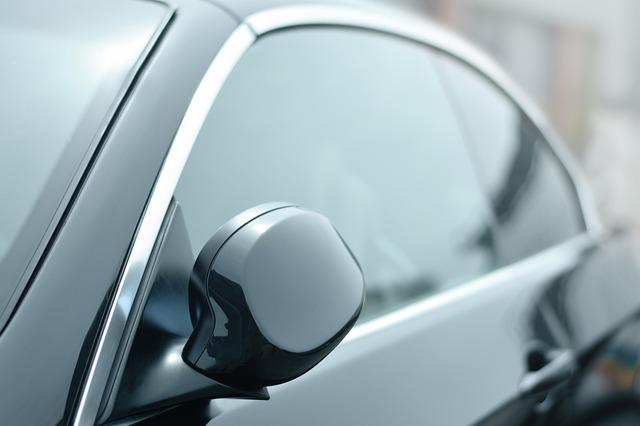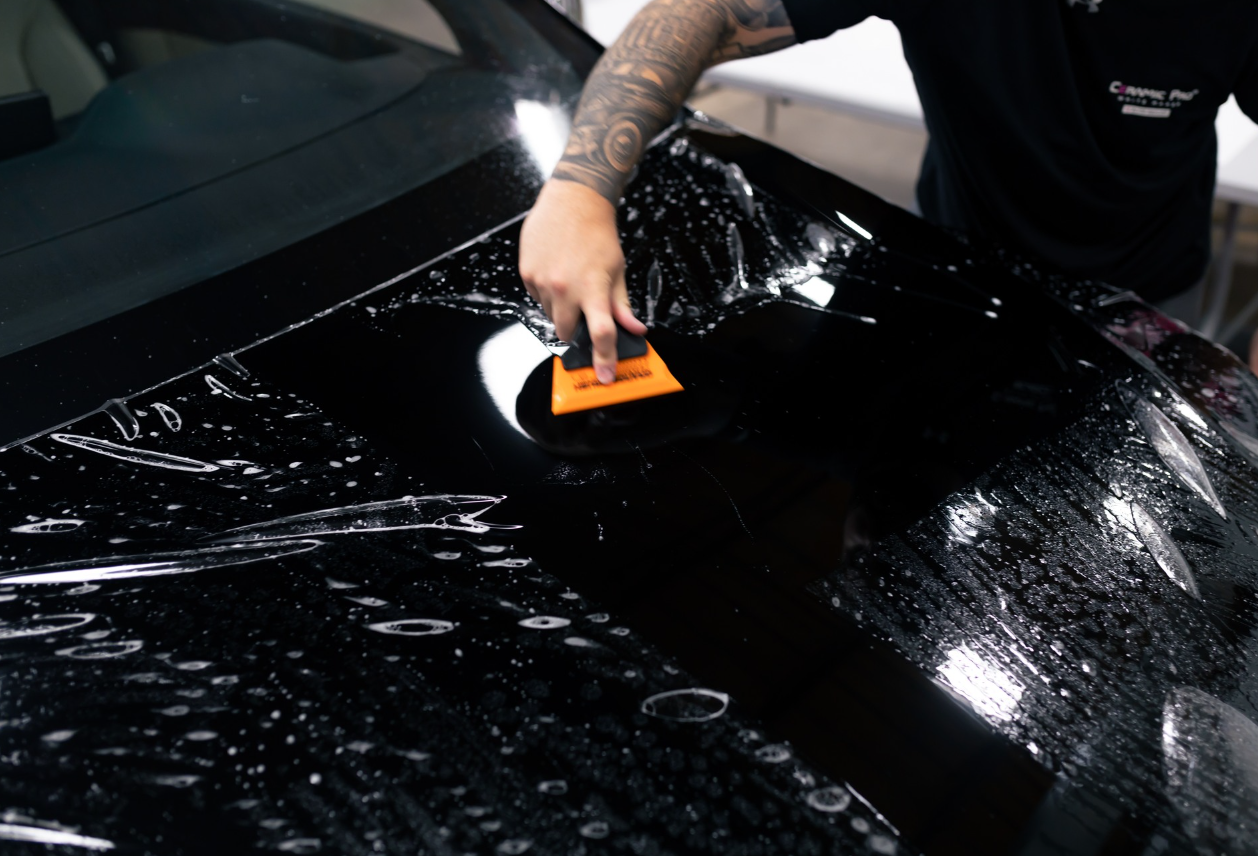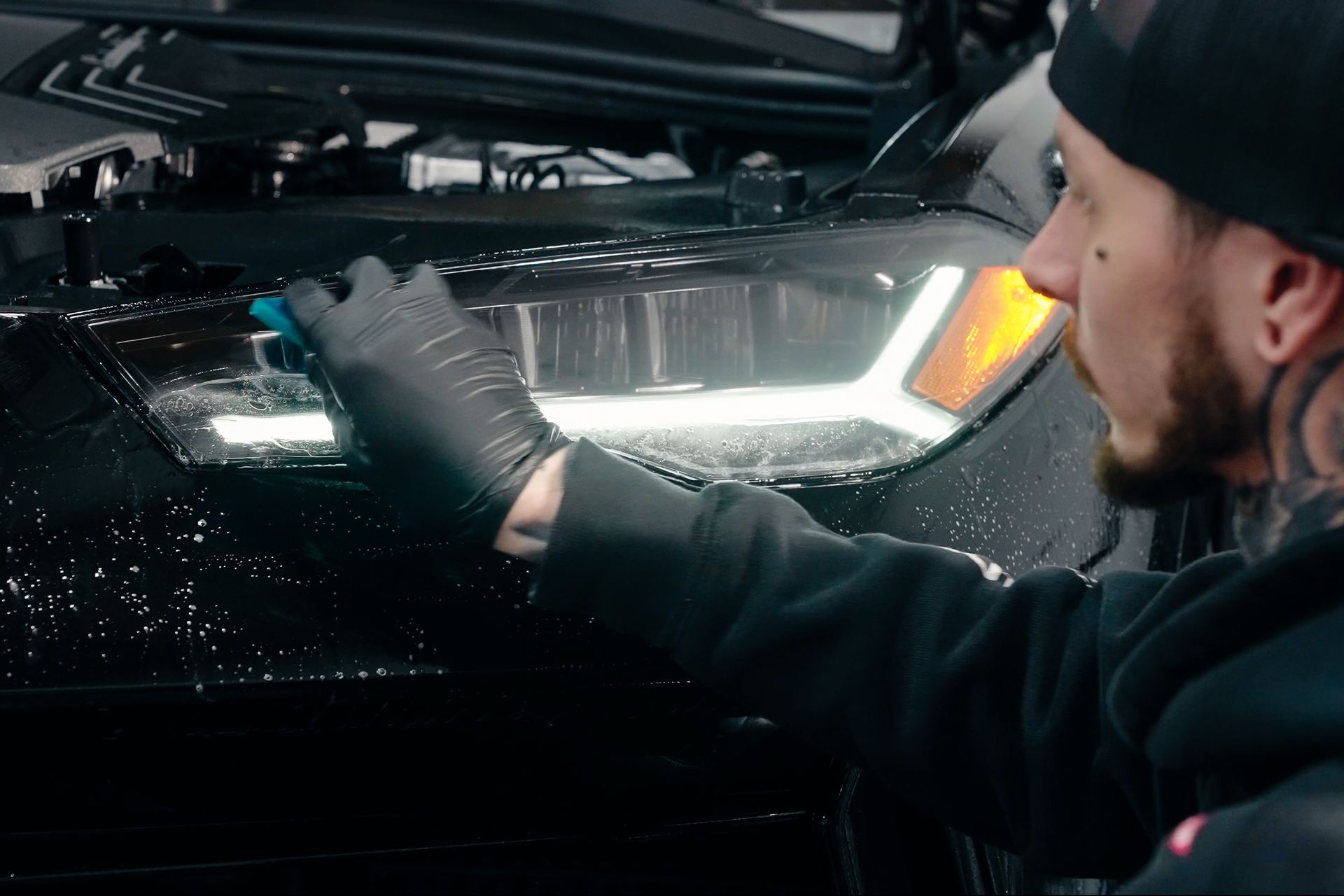Living in the 21st century, “saving money” has become one of the most overused buzzwords out there. We are constantly re-evaluating our spending and looking for the latest money saving tips and tricks - cutting back on this, opting for that, and making informed decisions. But have you considered window tinting as a way to save money on gas?
We’re going to take a look at how adding window tint to your car through an automotive detailing service or a specialized car detailing shop can actually reduce your car’s fuel cost: the whopping monthly necessity that every driver dreads.
Spoiler alert - you could be looking at lower bills, improved comfort, better looks, and ultimately, more money in your pocket.
Let’s get started!
How Can Window Tinting Reduce Fuel Costs?
Window tinting is an effective way for car owners to reduce their fuel costs. Tinted windows prevent the sun's rays from entering the vehicle and raising the temperature of the interior. In addition, tinted windows block out the light these rays produce, which can cause eyes to strain and consequently cause drivers to get distracted from the road.
By limiting these drawbacks, it allows drivers to save on fuel consumption as air conditioning won't need to be used as much, which in turn saves owners money on gas consumption for their daily travels.
However, not everyone supports window tinting for fuel efficiency because of how dark tints reduce visibility levels. Some believe that this could potentially increase safety risks while driving. But it’s possible to balance visibility with lower costs when choosing a tint film of the proper shade.
For example, a VLT (visible light transmission) rating of 33% or higher ensures good visibility while still providing sufficient protection against both solar heat and glare from oncoming lights at night. Many states also have laws in place that limit the darkness of window tints that are legal for use on public roads.
Overall, by taking the correct precautions necessary for properly installing a high quality window tint at a reputable automotive detailing service or car detailing shop, car owners can successfully minimize fuel costs without having to worry about poor visibility or breaking any laws in place. And with appropriate VLT ratings, car owners can get all the benefits of window tinting without having to sacrifice visibility or their budget.
Considering all that has been said here, it is certain that window tinting is a great option available to car owners who are interested in reducing their fuel costs, but they should always take into consideration the aspects of visibility and safety when choosing what shade and degree of tint they will opt for.
Having taken all this into account, let us move on and consider the potential impact that window tinting may have on temperature and climate.
- Research has shown that window tinting can reduce car surface temperatures by up to 60%, which can lead to decreased vehicle fuel consumption.
- A study from 2009 found that cars with window tinting experienced, on average, a 5% reduction in fuel consumption compared to vehicles without window tinting.
- Window tinting can reduce incoming solar heat gain by up to 79%, helping to improve interior temperature and reduce the strain on vehicle air conditioning systems, resulting in improved fuel efficiency.
Impact on Temperature and Climate
Improved aerodynamics, fewer distractions, and less strain on the car's cooling system are all beneficial to fuel efficiency. But what about the impact of window tinting on temperature and climate?
Does applying a tint to your car's windows actually make a difference in terms of interior temperature and/or air conditioning performance?
Realistically speaking, there is no clear-cut answer; many factors need to be considered when attempting to determine the efficacy of window tints in controlling temperature or climate. Factors such as the type of tinting used, the size of the vehicle, and local weather patterns play an important role.
Studies indicate that dark window tints can act as a barrier against both UV rays and sunlight, resulting in lower interior temperatures. Studies also suggest that darker window tints may require less use of air conditioning and help maintain cold temperatures longer in enclosed environments.
On the other hand, some claim that lighter colored window tints may be more beneficial for keeping vehicles cool in hot climates since they do not block incoming light from outside from entering the vehicle’s interior.
Further research is needed in order to arrive at a definitive answer related to which type of tinting is truly most effective in controlling temperatures and the climate inside the car.
Ultimately, it would bode well for drivers to have all available information before making their decision about whether or not to invest in window tinting.
How Window Tinting Reduces Sunlight
Window tinting is more than just an aesthetically pleasing aftermarket car addition. It also reduces the amount of sunlight entering the car, resulting in an improved driving experience. Let’s take a look at how window tinting reduces sunlight and improves climate control for drivers.
Light tinting can reduce glare from outside light sources and make driving more comfortable, especially at night and on bright days. The tint can also reduce unwanted heat from the sun, helping to keep temperatures and humidity down inside the vehicle.
Furthermore, UV exposure is reduced due to window film, which could protect items inside the car from discoloration or fading. Finally, glare is blocked off, allowing day and night visibility with less eye strain for drivers.
Many countries and states, on the other hand, have laws prohibiting window tinting because it reduces visibility at night or in bad weather. As a result, if you decide to tint your car windows, make sure to check with local regulations to ensure that it meets the allowed level of darkness.
When choosing a window tint, reflectivity should also be taken into account. A tint that reflects too much outdoor light may create additional distractions when driving, particularly if headlights are involved.
Choosing the right type of shading or combining a shade, as well as using a defroster on colder days, are steps that can help avoid accidents.
Regardless of safety concerns, there is no denying that even minor changes in shading can vastly improve comfort within a vehicle by keeping damaging UV rays away from its occupants and reducing outside noise levels. As a result, a more pleasant atmosphere is created while efficient insulation is maintained.
How It Increases Insulation
A skilled detailer can install window tinting to improve the insulation of your car and lower the amount of energy required to maintain a comfortable interior temperature. On hot days, window tinting can block out sunlight and prevent heat from entering through the glass, preventing damage to your car's interior.
This helps to keep the heat outside, where it belongs, while keeping your car cool and comfortable. The same idea applies on cold days. This can mean a reduced need for air conditioning or other climate control systems to maintain comfort.
Window tinting can thus be an effective way to help regulate the temperature in your car, making it a more comfortable and enjoyable place to be no matter what the weather outside is like. Furthermore, increased efficiency may result in cost savings in terms of fuel consumption due to reduced use of air conditioning and heating systems.
Benefit of Solar Protection
Window tinting also provides solar protection by keeping out the sun's UV and infrared light. The UV radiation from the sun can fade your car's upholstery, dashboard, and steering wheel over time, leading to costly replacements and interior damage.
The infrared radiation causes interior temperatures to rise, making it more difficult for your car's cooling system to keep the cabin temperature comfortable on hot days, which means more fuel is needed to keep it cool. Solar films are designed to block up to 99% of this solar energy, preventing your car from heating up inside.
Furthermore, some window films include nanotechnology-based heat-rejection technology. This complex process helps reduce the amount of heat transfer that occurs through glass windows. It works similarly to insulation in your walls by blocking the movement of heat into or out of your car.
Some manufacturers claim that their solar films can reduce heat gain by as much as 63%, reducing the strain on your car's air conditioning system and potentially saving you gas money. Window tinting not only increases insulation but also provides valuable solar protection for your car's interior surfaces and air conditioning system.
Ultimately, its ability to help you save money on gas makes it an attractive option for those looking to limit their fuel costs. Of course, with any car modification like this one, there are risks and rewards involved, so be sure to talk to an experienced professional before making a decision.
The Impact on Energy Efficiency
While the solar protection benefits are certainly real, some may wonder how window tinting impacts energy efficiency in terms of fuel costs and gas mileage. While tinted windows may reduce the amount of light that enters a car, their effect on fuel efficiency is minimal at best. However, there are other ways in which window tinting can influence energy efficiency.
Recently, studies have found that darker-tinted windows actually add more load to a vehicle’s air conditioning system due to higher temperatures inside the car. This ultimately increases the amount of fuel needed, as an engine has to work much harder with a heavier AC load.
While this effect is slight, every little bit can help save a car owner money on gas mileage in the long run.
On the other hand, lighter tints generally offer no change in fuel efficiency since they still block some UV and IR radiation while allowing adequate amounts of light into the vehicle. In some cases, lighter tints may even slightly improve fuel economy due to less strain on the AC and other components associated with cooling and heating.
Ultimately, when evaluating ways to enhance fuel efficiency and save money on gas, window tinting offers minimal influence overall. Nevertheless, this doesn't mean it should be overlooked.
Heat Loss Reduction
Heat loss reduction is another major contributor to the energy efficiency impact of window tinting. Many drivers may not be aware that significant heat can be lost through their vehicle's windows even when the air conditioning is turned off.
The application of window film to block part of the sun’s radiation can dramatically reduce these losses. About 30% of total vehicle heat comes from sunlight, and another 24% comes from other external sources.
Some may debate whether heat loss reduction has an outsized impact on gas consumption given how insignificant these percentages are compared to the other factors that affect fuel costs, such as engine health and driving speed.
However, it should be noted that small changes like this can compound over time, eventually becoming extremely noticeable.
Even a 5- to 10% decrease in fuel consumption adds up quickly over the course of a year, thus making heat loss reduction an integral part of improving energy efficiency gains from window tinting.
Additionally, according to US Department of Energy data, tinted windows have been found to reduce both peak cooling loads and passengers’ thermal comfort levels, further urging car owners to install window films in order to improve energy efficiency and save on fuel costs.
Overall, heat loss reduction is just one aspect of energy efficiency that window tinting positively affects—something that individuals should keep in mind if they’re hoping to reduce their car's energy costs.
Other Benefits of Window Tinting
Aside from reducing fuel costs, window tinting provides a number of other benefits that can be significant for vehicle owners. One of the most important is protection from UV radiation from the sun’s rays. All window tints today are designed to reduce up to 99.9% of incoming UV radiation, which helps reduce interior fading and cracking, which cause car depreciation.
Window tint also has a protective role in preventing injury in an accident, as it helps to keep glass shards intact and prevents shattered glass from entering the vehicle cabin. While safety regulations across states may not always require window tint, the added protection against these risks can help provide peace of mind and potentially help in an unfortunate event.
Some argue that window tint can be aesthetically unappealing or too dark; however, newer technological advancements have made it possible to minimize any unwanted visual effects while still providing the desired benefits.
With a variety of options now available on the market, drivers can choose the tint shade that is most appropriate for their preferences.
The advantages of window tinting go beyond fuel savings and improved aesthetic value; it can also help enhance your vehicle’s privacy and security by slightly obscuring what is happening inside the car from potential prying eyes on roads or parking lots.
Overall, window tinting is an attractive option for vehicle owners looking to get maximum performance out of their ride while enjoying the various associated benefits that come along with it. To get the ultimate return-on-investment when considering this upgrade, however, it's important to ensure you're taking all necessary steps to guarantee that you'll get the most out of your window tint going forward.
How to Get the Most Out of Your Window Tinting
When considering whether or not to get window tinting for your car, it is important to think about how to maximize its potential benefits. Tinting can be an efficient way to reduce fuel costs by as much as 20% and also provide additional advantages such as added privacy and protection from harmful UV rays.
In order to get the most out of your window tinting, there are certain steps you can take during installation, as well as important factors to consider when choosing a quality product.
First and foremost, the tint should be professionally applied rather than purchased in a pre-cut kit that the owner can install at home. While these products may initially have a lower cost, they are prone to bubbling and peeling if not installed correctly.
Furthermore, many states limit the degree of darkness for side and rear windows that do not face outward, so make sure your project is in accordance with local laws. As a result, it is best to consult a professional shop that has the necessary experience and equipment for a proper application process.
Additionally, when selecting a window tint film, it is important to research its product characteristics. Quality items will typically come with a manufacturer’s warranty, which helps ensure any issues or defects are corrected. Impact and scratch resistance are other factors you should take into account—especially if you will be driving in rough terrain or carrying passengers often.
You should also look carefully at the percentage of visible light transmission (VLT) allowable in your area; some tints come with a higher VLT than others, allowing more light into the vehicle without compromising on other features of the product.
To get the most out of your window tinting investment, you must be prepared to invest time in researching different brands and types of products available, in addition to seeking professional service from an experienced installer. Doing so ensures that your tinted windows last longer and give you greater value for money over time.
Stay Cool and Protected With Automotive Window Tinting Service in Bel Air, MD
Window tinting, particularly when applied to vehicles, offers more than just enhanced aesthetics and can significantly contribute to reducing your car's fuel costs. By effectively controlling the amount of heat entering your car's interior, window tint acts as a thermal insulator, minimizing the need for air conditioning and reducing fuel consumption.
At
Detail Solutions,
you'll get the ultimate automotive improvement. Our superior
window tinting service
not only improves the beauty of your vehicle but also adds privacy and protection. Contact us today or visit us online for more information and to make an appointment.
Locally owned and operated since 2011, Detail Solutions specializes in interior and exterior vehicle detailing, ceramic coatings, and paint protection film in the Baltimore area.
We also offer special pricing for Tesla owners along with free charging while being serviced on a Level 2 Tesla charger. Contact us today to inquire about any of our services including, wheel off cleaning, headlight restoration, vinyl wraps, chrome delete or a new vehicle service. So get in touch with us today to schedule a FREE estimate.
QUICK LINKS
OUR LOCATION
8967 Yellow Brick Rd, Rosedale, MD, United States
CONTACT US
SERVICE AREAS
BaltimoreDetail.com was designed by the team at Detailers Roadmap, a platform developed for detailing operators across the globe.
All Rights Reserved | 8bitcreative, LLC | Detail Solutions


